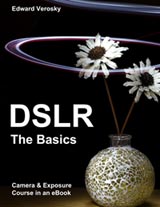Use Framing To Highlight Your Subject
Framing is the placement of your subject within the context of your photograph, and is one of the ways to highlight an aspect of what you are photographing - part of the way you tell the story.How you line up your subject within the frame affects the look and feel of your final picture. It also affects what and how much of the subject you can see.
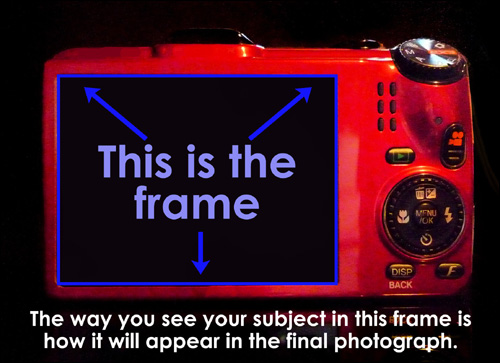 |
The frame is the area you see in the back viewscreen of your camera that contains the scene you’re looking at.
Everything you see in that frame will appear in the final picture, provided you don’t move the camera at the time you press the shutter. So before you press the shutter, check a few basic framing tips.
Photograph All Of Your Subject
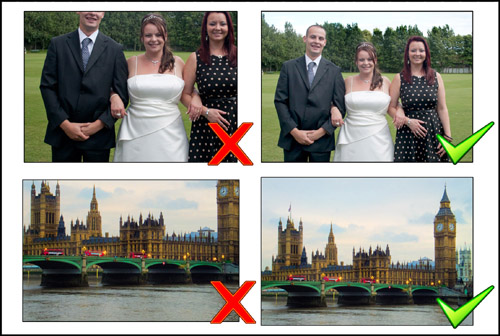 |
It is important that your photograph contains everything you want a picture of (but that doesn’t always mean the entire subject). Make sure what is left out of the picture has been left out on purpose.
So if it’s a group of people, make sure that you can see head, feet and both arms when you look at the viewscreen to take a full length shot, or head and arms if you move in a little closer.
Try not to zoom in on buildings or landscapes so much that you lose the roof or cut the tops off trees.
Make Good Use Of Space
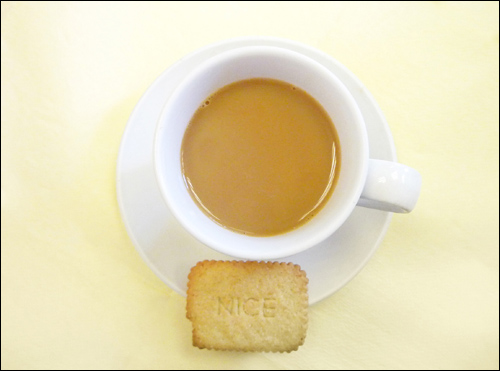 |
Use of space in pictures adds to the narrative. Use of space within the frame can:
- Lead the viewer’s eye through your picture
- Highlight an aspect of your subject
- Demonstrate scale
- Infer a connection between people or objects
- Act as a frame for the subject to sit in.
Always Try To Fill The Frame
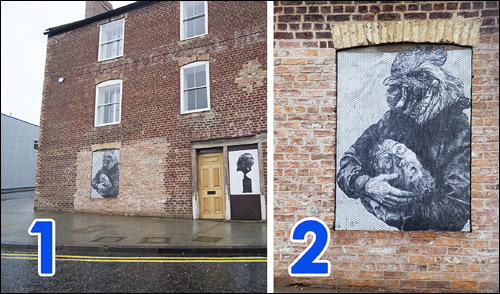 |
It’s a cry you will hear the most often because it’s the one that is most over- looked. If you look at the 2 pictures above, which one has the subject dominating the frame?
Clearly it’s number 2, but why do so many people get this wrong? It has to do with the way we view things. Our eye can make out minute detail even at a distance, so we automatically assume the camera can see and record the same level of detail, which of course it can’t.
There is also the problem of scale to content with. If you photograph someone against a 6m wall and then scale that down to fit inside an 18cm x 13cm print, their head (which is 20cm wide in real life) will be scaled down to 0.6cm wide on the photo – LESS THAN 0.25 INCH!
 |
To make an impact, your subject needs to be dominant in the picture and really fill the frame as much as possible. If it doesn’t, you have 2 options – either move and get closer or use your camera’s optical zoom.
It may not always be possible to get as close as you like. The subject may be too far away. But if you are, say, at a wedding and you want a nice picture of the Bride and Groom, fill your frame with them and not a background of guests and cars.
Frame It With A Frame
 |
Look for something to add another layer of appeal into your picture. Do this by framing the subject INSIDE your frame with something else.
A nice border of overhanging trees frame a building nicely. Use architecture. Photograph an outdoor scene through a window and using the window as an internal frame, or as in this photograph, where a staircase holds the subject at its centre.
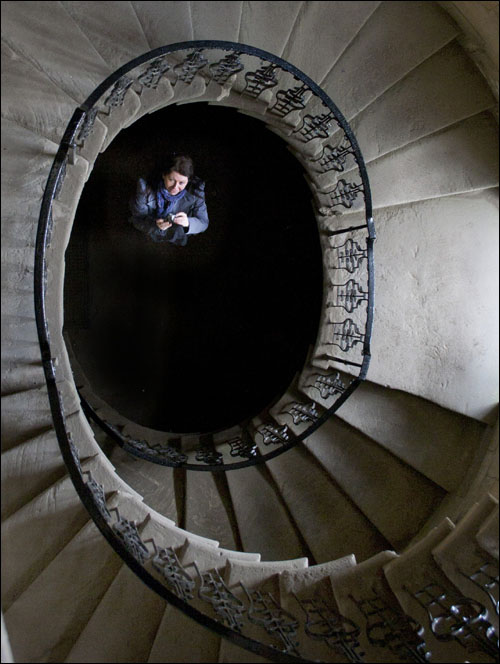 |
| Didn't find what you're looking for? Search here... |

Custom Search
|
Return from Framing to Digital Photography Tricks







